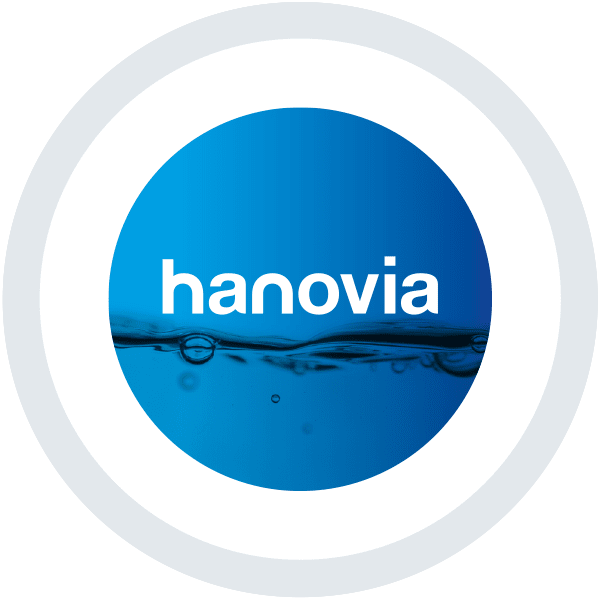Direct Potable Reuse Water
By Saumya Garg
(This is Part 2 of a three-part series on Reclaimed Water. Part 1 of the series was an introduction on reuse water. In Part 3 we will look at Indirect Potable Reuse of water.)
Direct Potable Reuse (DPR) water is when reclaimed water is either directly blended with raw water immediately before a drinking water treatment plant, or blended with treated water downstream of a drinking water treatment plant, or blended directly into a drinking water distribution system. Factors that favor setting up a DPR water facility are:
- Positive public perception of recycling already treated water without degrading it’s quality by adding it back to the environment
- Lack of a suitable environmental buffer that is good quality and cost efficient to maintain, protect, operate and monitor.

Although there are several projects under development, there are only two DPR projects currently operational in the USA. One of them is the Colorado River Municipal Water District’s Big Spring plant. Operational since 2013, the $14 million plant produces about 1.5 million gallons of reclaimed water daily (MGD). Water treatment at the plant involves microfiltration, reverse osmosis and ultraviolet disinfection before it is blended (50:50) with local lake water and pumped into the raw water pipeline. The water then gets distributed to five drinking water treatment plant before it finally reaches the consumer.
One of the upcoming DPR projects is the Advanced Water Treatment Facility in El Paso, Texas. The project was initiated in 2015 and will be developed as a direct-to-distribution facility where the purified water will flow directly to the consumer after treatment. The plant is designed to use a multi-barrier approach and is expected to reclaim 10 MGD of water once operational. The design involves water flowing through a membrane bioreactor, a reverse osmosis system and an ultraviolet disinfection system, post which it is stored in an engineered buffer. From here the water is further purified and treated using ultrafiltration, an additional ultraviolet disinfection, followed by treatment with granular activated carbon and chlorine. The construction cost of the plant is expected to be $75 million and will be done in collaboration with Carollo Engineers. The project recently received a $3.5 million grant from the US Bureau of Reclamation and is expected to be fully operational by 2030.
Another DPR project is the one in Cloudcroft, New Mexico. Initiated in 2009 to address seasonal fluctuations in demand, the Cloudcroft project faced a few setbacks due to construction issues which have significantly delayed work.
Although no federal regulations specifically address direct potable water reuse, states have their own requirements and policies. DPR facilities in the US are currently assessed on a case-to-case basis since there are no formal regulations or guidelines governing them. However, as of 2017, the states of California, North Carolina and Texas have policies and regulations in place to address Direct Potable Reuse of water.
Further Reading:
- https://www.crmwd.org/water-sources/reuse/
- https://www.environmentalleader.com/2018/11/178945/
- https://www.waterworld.com/wastewater/treatment/article/14074049/direct-potable-reuse-gets-a-win-in-texas
- https://www.epwater.org/our_water/water_planning/advanced_purification
- Pratesi, Claudia B. Direct Potable Reuse in Small-to-Medium Sized Inland Communities: Lessons Learned for Public Education and Outreach. 2017. https://digitalrepository.unm.edu/arch_etds/34





 沪公网安备 31011202013557号
沪公网安备 31011202013557号